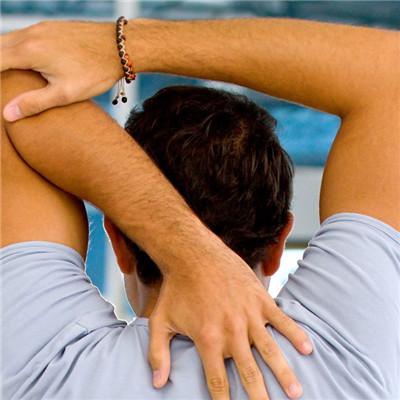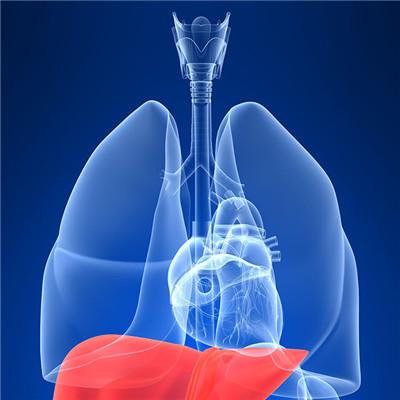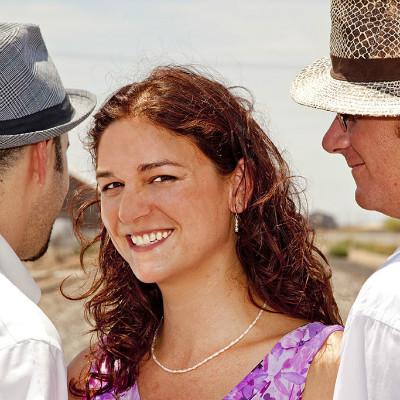Symptoms of brachial plexus neuralgia
summary
Brachial plexus neuralgia refers to the disease of pain in the range of its control when all parts of the brachial plexus composed of the anterior branch of nerve from neck 5 to chest 1 are damaged. Next, introduce the symptoms of brachial plexus neuralgia.
Symptoms of brachial plexus neuralgia
Idiopathic brachial plexus neuralgia or brachial plexus neuritis: refers to shoulder girdle and upper limb pain, myasthenia and amyotrophic syndrome (neuralgia amyotrophy), symptom recurrence, autosomal dominant inheritance (q25 locus on chromosome 17), common in adults, with a history of infection and vaccination, acute or subacute onset, with fever and systemic symptoms at the beginning of the disease, typically with severe shoulder and upper limb pain, In a few days, the upper limb muscle weakness, reflex changes, sensory disorders, C5 and C6 segments are easy to be involved, leading to muscle atrophy, unilateral or bilateral.
Secondary brachial plexus neuralgia: shoulder and upper limb pain of different degrees, continuous or paroxysmal aggravation, obvious pain at night and limb activities, sensory disturbance in brachial plexus distribution area, muscle atrophy, decreased tendon reflex, autonomic nerve disorder. If cervical spondylosis causes this disease, it often starts at 40-50 years old, and is more common in men.
The course of disease was slow and repeated; Sensory nerve root (C5, C6) compression leads to radicular neuralgia, mostly radial forearm and finger electric shock like pain, with hypoesthesia; The compression of motor nerve roots causes myalgia, often in the proximal part of upper limb, shoulder, scapular area, continuous dull pain and deep needling discomfort, limited shoulder movement, long course of disease, which can lead to shoulder coagulation.
matters needing attention
The limbs should rest properly, reduce the activity of the diseased limbs, bend the forearm and suspend it in front of the chest. If caused by cervical spondylosis, pay attention to the head position should not be fixed too long, sleeper should not be too thick, to avoid neck flexion.














